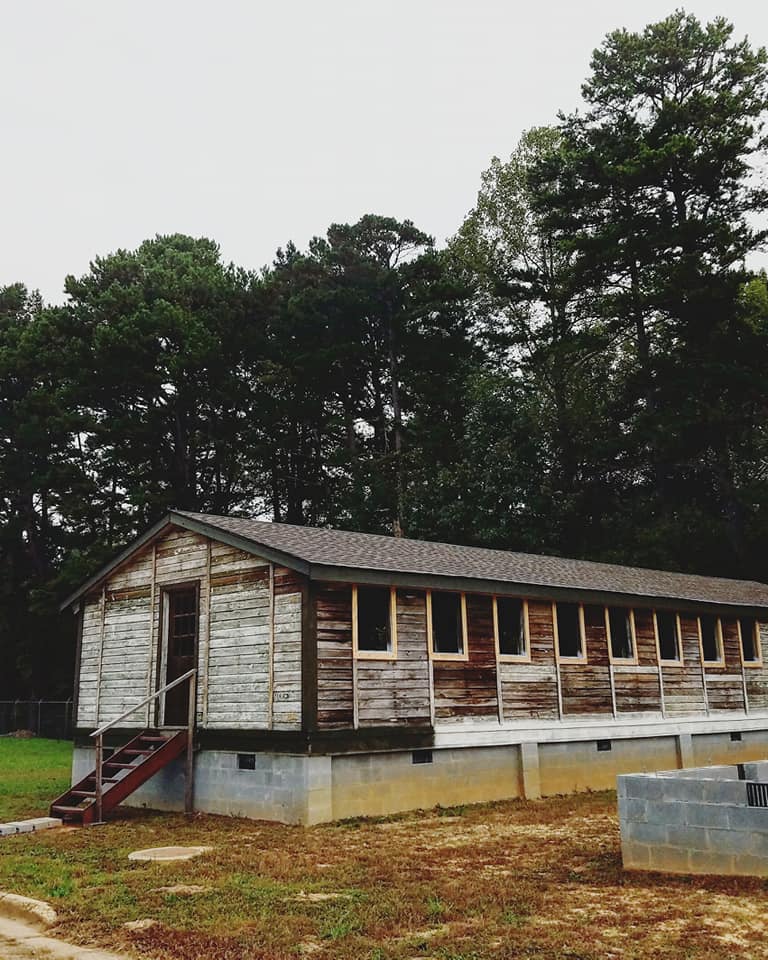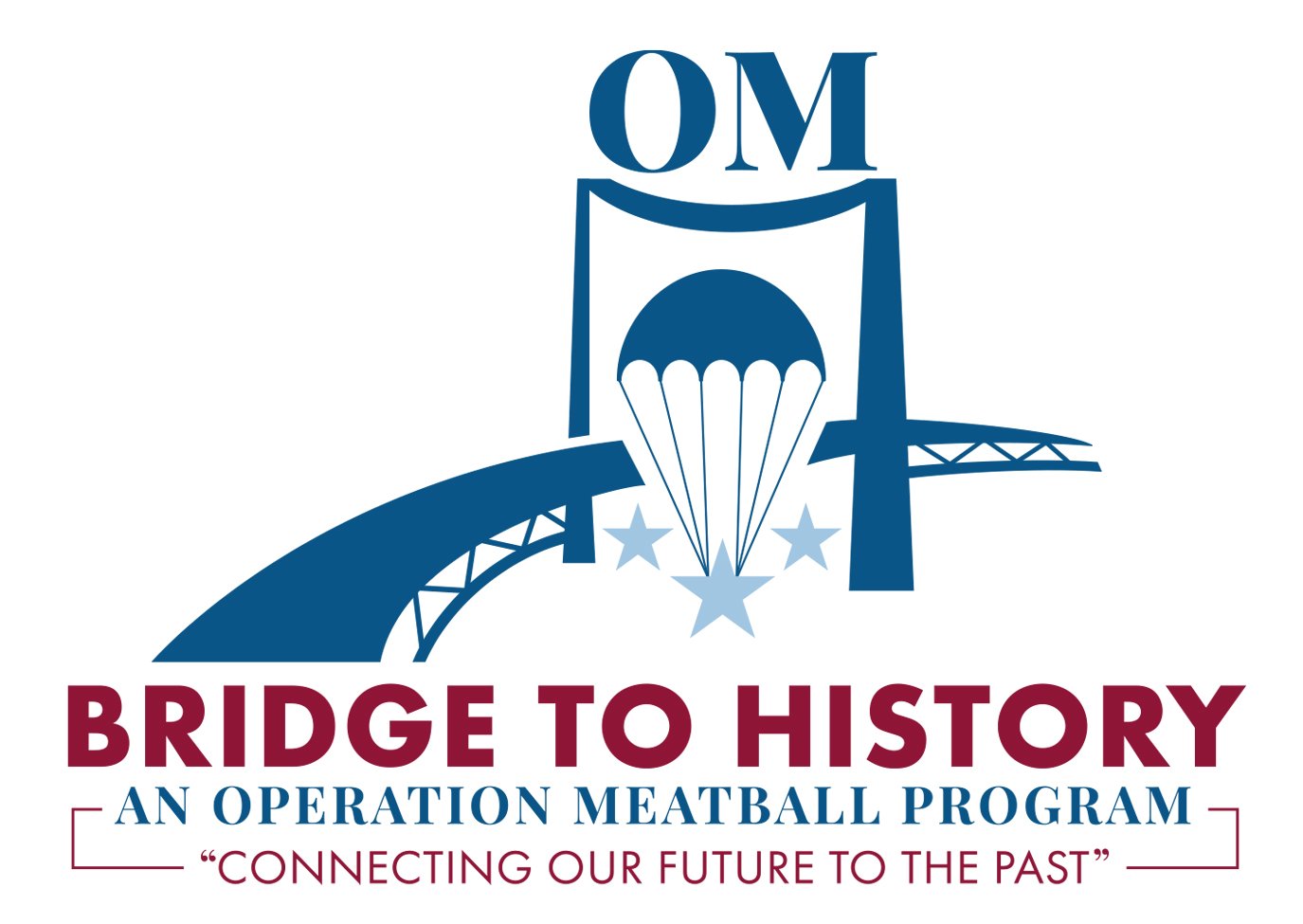Currahee!
/Last week the girls and I were up in Toccoa, Georgia, for Currahee Military Weekend.
In my experience, Toccoa is one of America's most delightful hidden gems. It's one of the only places I can think of in our country where you can literally walk in the footsteps of the WWII Paratroopers and (for a brief time), re-live how it was during the war.
Local veteran, Dewitt Loudermilk holding a newspaper clipping about his service as an Engineer in WWII.
If you are up for it, you can run the mountain where our boys trained; visit the original barracks (currently being rebuilt), the depot where the fresh young men arrived, the museum with remarkable and historical artifacts; and talk to the wonderful folks who were kids at the time and grew up watching the paratroopers make their arrival, train, and depart for overseas... for some of them, never to return.
The hospitality and genuineness of the people and the wonderful celebration they host each year remembering the paratroopers who trained at Camp Toccoa comes together to make it one of the happiest weekends of the year for me.
Faith and 101st Airborne Veteran, Vince Speranza.
Thank you to all our Toccoa friends who work so hard to put on such a splendid event!




























